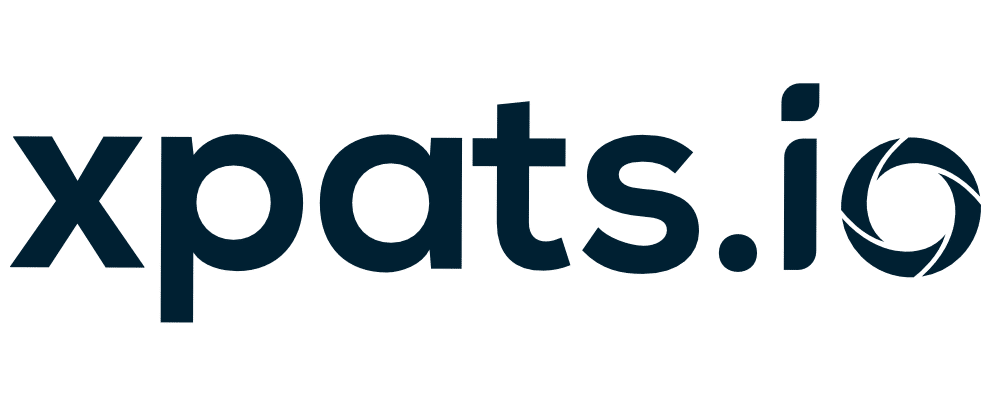For UK employers, holding a sponsor licence brings both opportunity and responsibility. The ability to recruit international talent supports business growth and skills development, but it also comes with strict Home Office requirements around governance, reporting and record-keeping. UKVI is also making full use of digital audits, data sharing and compliance visits, making strong internal systems more important than ever.
Effective sponsorship management is not a standalone HR function and has to be integrated across every area of operations. From recruitment to payroll, each department has a role in maintaining lawful processes and accurate records.
This article explains how employers can embed compliance within HR operations, manage organisational change effectively and maintain a high sponsor rating through continuous improvement.
Section A: Embedding Sponsor Licence Compliance into HR Operations
UK employers now face higher scrutiny from the Home Office than ever before. Sponsor licence compliance is an operational priority. A strong compliance system builds trust with UKVI, protects recruitment plans and prevents costly disruption. By integrating sponsorship management into daily HR routines, employers can safeguard their licence and keep international hiring efficient and lawful.
Use Appendix D as your rulebook for evidence retention and cross-check it with the latest Sponsor Guidance (and, where applicable, the student sponsor guidance). Build these standards into your HR system so that recruitment, payroll and right-to-work data are captured automatically. This approach eliminates the need for last-minute document collection during audits and demonstrates consistency across the organisation. Routine internal audits and accurate documentation not only keep you compliant but also make UKVI visits less disruptive.
Compliance starts with people. Every manager involved in recruiting or supervising sponsored workers should understand how to sponsor someone. Training should cover eligibility checks, SOC code selection, salary calculation and mandatory reporting timelines. Employee changes are reportable within ten working days, and company-level changes within twenty. Managers should also receive guidance on when to escalate issues to HR or immigration leads. With everyone clear on their responsibilities, compliance becomes a shared organisational function rather than a single-team task.
Accuracy during the Certificate of Sponsorship process is non-negotiable. Level 1 Users must be fully trained on the difference between defined and undefined certificates of sponsorship and when each should be used. Introduce a two-person verification process before a certificate is issued, check job and salary details carefully and reconcile unused allocations monthly. These internal controls reduce risk, ensure precision and demonstrate to UKVI that the business takes compliance seriously.
Section B: Managing Change, People and Sponsorship Activity
Corporate changes can have a direct effect on your licence. A merger will affect sponsor licence duties if ownership or structure changes, so review potential impacts as early as possible during corporate planning. Identify which sponsored workers are affected and, if required, prepare a new licence application in parallel with organisational changes. This forward planning avoids curtailment risk and ensures employment continuity.
UKVI also expects sponsors and their key personnel to be trustworthy and competent. Manage sponsor licence criminal record risk by screening your Authorising Officer, Key Contact and Level 1 Users before they are appointed. Keep records of these checks and report any changes in suitability or employment status immediately to UKVI. Having the right personnel in post supports confidence in your organisation’s governance.
Stay on top of workforce reporting by creating clear internal procedures. Ensure that job title changes, pay adjustments, relocations and absences are recorded and reported accurately. Keep supporting evidence for every change, particularly when managing a sponsored worker on long term sick leave. Close coordination between HR, payroll and line managers prevents duplicate or missed updates and ensures deadlines are met.
Choosing the correct UK work visa is a vital part of compliance. The Skilled worker visa is ideal for long-term employment, while the Temporary Work visa uk covers fixed-term or project-based roles under your temporary worker sponsor licence. Subcategories include the Government Authorised Exchange visa and the International Agreement visa. Religious organisations should rely on the Minister of Religion visa, while education providers must meet teacher visa sponsorship standards. Confirm eligibility and salary compliance before assigning a certificate to avoid refusals or enforcement action.
Section C: Governance, Rating and Continuous Improvement
Maintaining a strong sponsor rating requires ongoing attention and accountability. Your sponsor rating reflects your organisation’s reliability in meeting Home Office requirements. Preserve your A rating sponsor licence through regular audits, management oversight and periodic reviews of internal policies. If weaknesses are identified, UKVI may issue a UKVI action plan. Treat it as an opportunity to strengthen controls, assigning ownership to specific team members and documenting every completed action.
Plan for serious non-compliance scenarios. A sponsor licence revoked event would immediately end sponsorship rights and impact current employees. Prepare contingency strategies in advance, including redeployment options, legal liaison contacts and staff communication procedures. Early planning ensures a swift and coordinated response if problems arise.
Finally, make compliance a permanent part of your operational culture. Schedule quarterly reviews to verify reporting accuracy, CoS usage and document retention. Refresh manager training annually and update internal records when UKVI guidance changes. A proactive, data-driven approach keeps your organisation audit-ready, protects your workforce and ensures future access to global talent. Continuous improvement and transparent communication are key to maintaining trust and sustaining your sponsor licence for the long term.
Section D: Penalties for Sponsor Licence Non-Compliance
Failing to meet your sponsorship obligations can have serious and immediate repercussions. The Home Office holds employers to strict standards and will take enforcement action where breaches are found, whether due to human error, weak governance or deliberate disregard of sponsor duties. Understanding the potential penalties helps ensure compliance remains a business priority at every level.
1. Licence downgrades and suspension
UKVI may downgrade your licence from an A-rating to a B-rating if compliance failures are identified. This restricts your ability to issue new Certificates of Sponsorship until you complete a UKVI action plan to correct the issues. During suspension or investigation, your ability to hire overseas talent may be paused. Prompt remedial action and cooperation with UKVI can help restore your licence more quickly and demonstrate a commitment to improvement.
2. Licence revocation
In serious cases, a sponsor licence revoked outcome ends all sponsored employment immediately. Sponsored workers’ visas are curtailed, typically within sixty days, and the organisation must stop employing affected individuals. Licence revocation severely disrupts operations and reputation, and the employer must usually wait a cooling-off period before reapplying. Preventing revocation through continuous monitoring, accurate record-keeping and strong internal control is always less costly than recovering after a breach.
3. Civil and criminal penalties
Where non-compliance results in illegal working, civil penalties of up to £45,000 per worker can be imposed for a first breach and £60,000 for repeat offences. In extreme cases involving fraud or negligence, criminal prosecution can follow. The reputational damage from enforcement — including public naming — can be significant, particularly for regulated or government suppliers.
4. Reducing risk through proactive compliance
Regular audits, system checks and transparent communication with UKVI are the best ways to reduce enforcement risk. Employers should review internal data quarterly, document every process and ensure that key personnel are fully trained. Voluntary disclosure of potential issues can help mitigate penalties by demonstrating honesty and cooperation.


